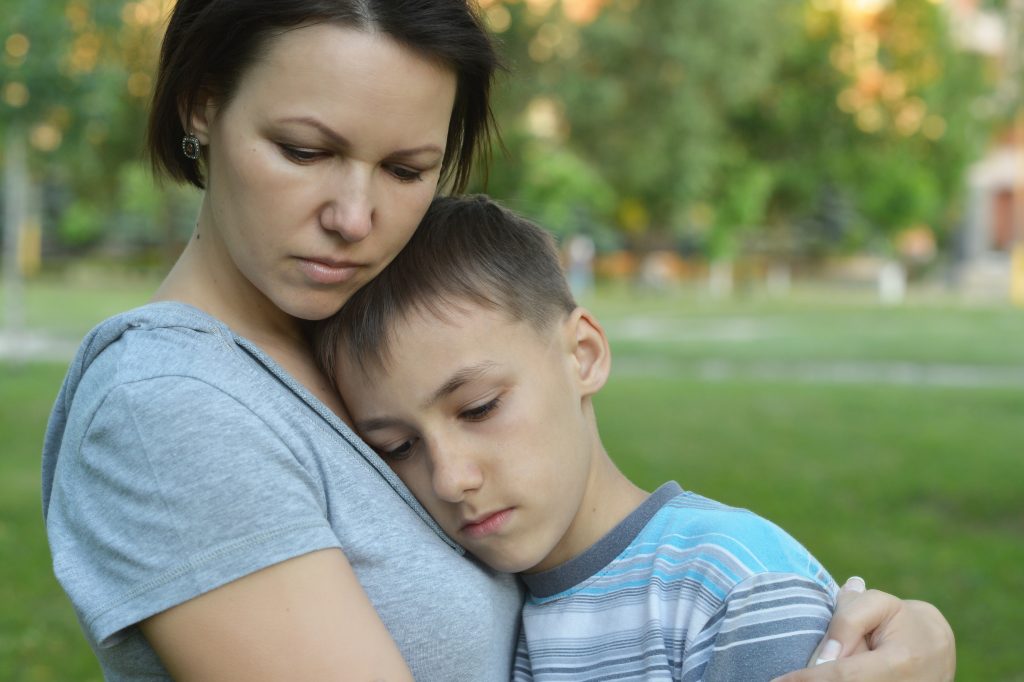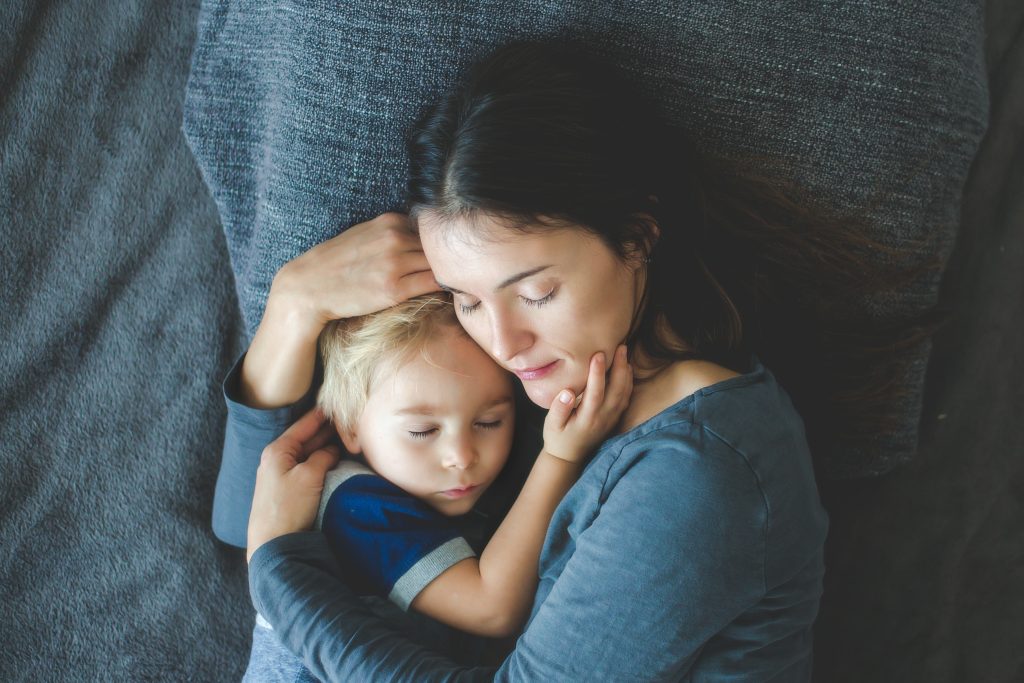
Parenting is filled with love—but sometimes, without realizing it, we pass down our anxieties to our children. Small habits and offhand comments can shape how kids perceive the world. This article explores 9 subtle ways that parental anxiety can be transmitted—and offers healthier alternatives. It’s a call to break the cycle and nurture calm, confident young minds.
1. Overexplaining Every Little Danger
Constant warnings about potential risks can make the world seem overwhelmingly dangerous. When every action is met with caution, children learn to fear even the mundane. Striking a balance between safety and freedom is essential. Let kids explore without an ever-present alarm. It’s about nurturing curiosity, not fear.
2. Modeling Catastrophic Thinking
When parents jump to worst-case scenarios, children start to believe that every mistake is catastrophic. This habit can hinder their ability to bounce back from setbacks. Reframing challenges as opportunities fosters resilience. Small shifts in perspective build emotional strength. It’s a vital step toward nurturing a more positive outlook.
3. Constantly Checking In or Hovering
Over-monitoring can send the message that your child can’t handle things on their own. Excessive checking in undermines their self-confidence. Allowing space to make decisions—even small ones—empowers them. Trust builds independence. It’s about balancing care with respect for personal growth.
4. Avoiding Uncomfortable Conversations
If tough topics like grief, failure, or fear are always sidestepped, children learn that some feelings are best left unspoken. Avoidance may seem protective, but it can also foster unresolved anxiety. Talking openly about difficult subjects can help children process their emotions. It encourages resilience and emotional maturity. Silence can often be more damaging than honesty.
5. Overplanning and Overcontrolling Schedules
A jam-packed schedule might seem responsible, but it can leave no room for spontaneity or relaxation. Overplanning every minute stifles creativity and personal growth. It can teach children that every moment must be optimized rather than enjoyed. Allowing some unstructured time is crucial for developing independence. Balance is key to a healthy, stress-free life.
6. Reacting Strongly to Small Setbacks
If a spilled drink or a forgotten task triggers an intense reaction, children learn to fear mistakes. Overreactions can magnify the significance of minor errors. Teaching a calm response to everyday mishaps helps build resilience. It encourages children to see mistakes as learning opportunities. Consistency in responses is vital for emotional stability.
7. Using Labels Like “Shy” or “Nervous”

Labels can limit a child’s self-perception. Constantly calling a child “shy” or “nervous” might make them internalize these traits. Instead, describe specific behaviors without assigning permanent identities. This approach fosters growth and self-awareness. It helps children develop a more dynamic view of themselves.
8. Struggling to Let Them Fail
Protecting children from every failure might seem caring, but it denies them valuable lessons. Experiencing failure builds resilience and critical problem-solving skills. Allowing children to fail in safe environments encourages independence. It teaches them that setbacks are a natural part of life. Embracing failure can be a pathway to greater success.
9. Making Your Worries Their Responsibility
When parents express their anxieties directly to their children, it can shift the burden of worry. Children may feel responsible for fixing adult problems. This emotional transfer can be overwhelming and damaging. It’s essential to manage your stress without involving your kids. Let them be children, free from the weight of adult concerns.
What Strategies Help Your Family Stay Calm?
Recognizing these patterns is the first step toward change. By adopting new habits and fostering open communication, families can create a calmer environment. Share your techniques for reducing anxiety in the comments. Together, we can nurture a space where every child feels secure. Every step toward calm is a victory for the whole family.
Have you noticed any of these patterns in your parenting? Or found tools that help you stay grounded? Share in the comments—we’re learning together.
Read More:
9 Lessons from Boomer Parenting That Still Apply Today
These 7 Parenting Trends Seem Harmless—But They’re Actually Toxic

Latrice is a dedicated professional with a rich background in social work, complemented by an Associate Degree in the field. Her journey has been uniquely shaped by the rewarding experience of being a stay-at-home mom to her two children, aged 13 and 5. This role has not only been a testament to her commitment to family but has also provided her with invaluable life lessons and insights.
As a mother, Latrice has embraced the opportunity to educate her children on essential life skills, with a special focus on financial literacy, the nuances of life, and the importance of inner peace.
